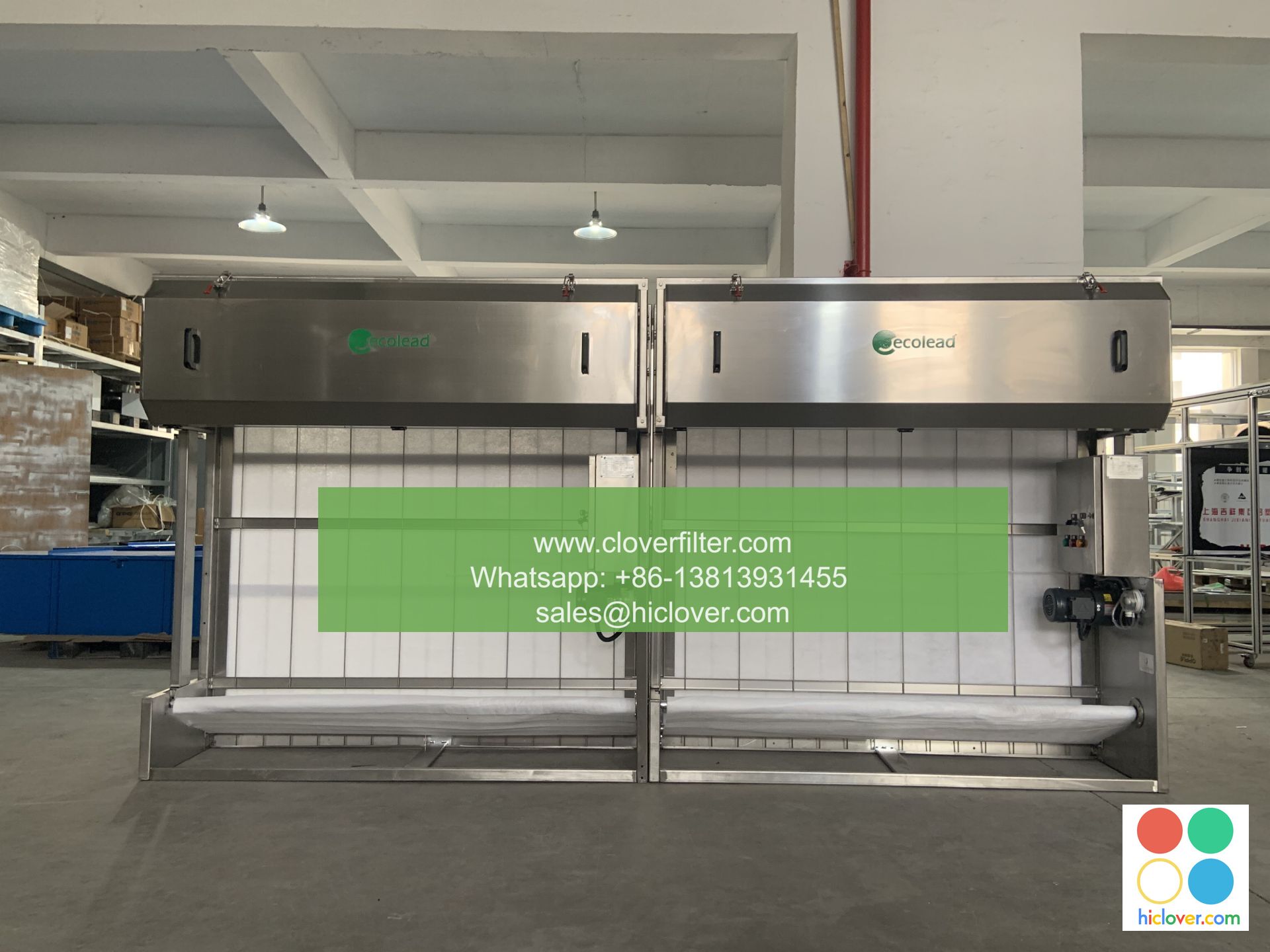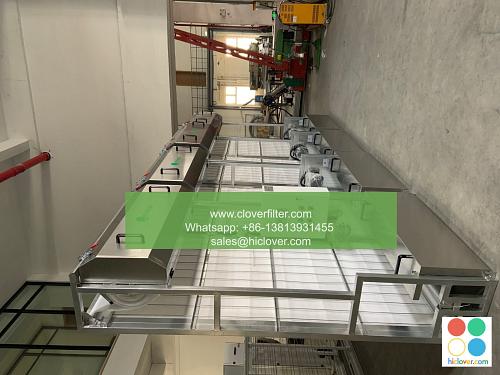Automatic Roll Air Filters in Food Labs: A Review of the Current Literature

Automatic roll air filters have gained significant attention in food laboratories due to their ability to maintain high air quality, reduce contamination risks, and enhance overall laboratory efficiency. These filters are designed to automatically roll out and replace the filtering media, eliminating the need for manual replacement and minimizing downtime. In this review, we aim to summarize the current literature on automatic roll air filters in food labs, highlighting their benefits, limitations, and future prospects.
The importance of air quality in food laboratories cannot be overstated. Airborne contaminants, such as particulate matter, bacteria, and viruses, can compromise the integrity of food samples, leading to inaccurate test results and potential health risks. Traditional air filtration systems often require frequent manual maintenance, which can be time-consuming and may not always ensure optimal filter performance. Automatic roll air filters address these concerns by providing a continuous, uninterrupted supply of filtered air, thereby minimizing the risk of contamination and maintaining a stable laboratory environment.
Studies have shown that automatic roll air filters can effectively remove airborne particles as small as 0.3 microns, including bacteria, viruses, and other microorganisms. For example, a study published in the Journal of Food Protection found that an automatic roll air filter system reduced airborne bacterial concentrations by 99.9% in a food laboratory setting. Another study published in the Journal of Applied Microbiology demonstrated that automatic roll air filters could remove up to 99.99% of airborne viruses, highlighting their potential in preventing the spread of airborne pathogens.
In addition to their effectiveness in removing airborne contaminants, automatic roll air filters also offer several practical advantages. They are often designed with ease of use in mind, featuring automated controls and monitoring systems that alert laboratory personnel when the filter needs to be replaced. This reduces the risk of human error and ensures that the filter is always functioning optimally. Furthermore, automatic roll air filters can be integrated with existing laboratory equipment, such as fume hoods and biosafety cabinets, to create a comprehensive air filtration system.
Despite their benefits, automatic roll air filters also have some limitations. One of the primary concerns is their relatively high upfront cost, which can be a barrier for some laboratories. Additionally, the ongoing cost of replacing the filtering media can add up over time, although this can be mitigated by selecting a filter with a long lifespan and low maintenance requirements. Another potential limitation is the risk of filter failure or malfunction, which can compromise laboratory air quality and require costly repairs.
Future prospects for automatic roll air filters in food laboratories appear promising. Advances in filter technology and design are likely to improve their effectiveness, efficiency, and affordability. The development of new filter materials and designs, such as nanofiber-based filters, may offer enhanced performance and longer lifetimes. Additionally, the integration of automatic roll air filters with other laboratory systems, such as HVAC and building management systems, may enable more comprehensive and efficient laboratory air quality management.
In conclusion, automatic roll air filters offer a reliable and effective solution for maintaining high air quality in food laboratories. Their ability to remove airborne contaminants, reduce contamination risks, and enhance laboratory efficiency makes them an attractive option for laboratories seeking to improve their air quality management. While they may have some limitations, the benefits of automatic roll air filters outweigh their drawbacks, and their future prospects appear promising.
Conclusion
Automatic roll air filters are a valuable tool in food laboratories, providing a reliable and effective means of maintaining high air quality and reducing contamination risks. As the demand for high-quality air filtration systems continues to grow, it is likely that automatic roll air filters will play an increasingly important role in food laboratories. By understanding the benefits, limitations, and future prospects of these filters, laboratories can make informed decisions about their air quality management needs and select the most effective solutions for their specific requirements.
FAQs
Q: What are the primary benefits of automatic roll air filters in food laboratories?
A: The primary benefits of automatic roll air filters include their ability to remove airborne contaminants, reduce contamination risks, and enhance laboratory efficiency.
Q: How effective are automatic roll air filters in removing airborne particles?
A: Automatic roll air filters can effectively remove airborne particles as small as 0.3 microns, including bacteria, viruses, and other microorganisms.
Q: What are the limitations of automatic roll air filters?
A: The limitations of automatic roll air filters include their relatively high upfront cost, ongoing maintenance requirements, and risk of filter failure or malfunction.
Q: What are the future prospects for automatic roll air filters in food laboratories?
A: The future prospects for automatic roll air filters appear promising, with advances in filter technology and design likely to improve their effectiveness, efficiency, and affordability.

